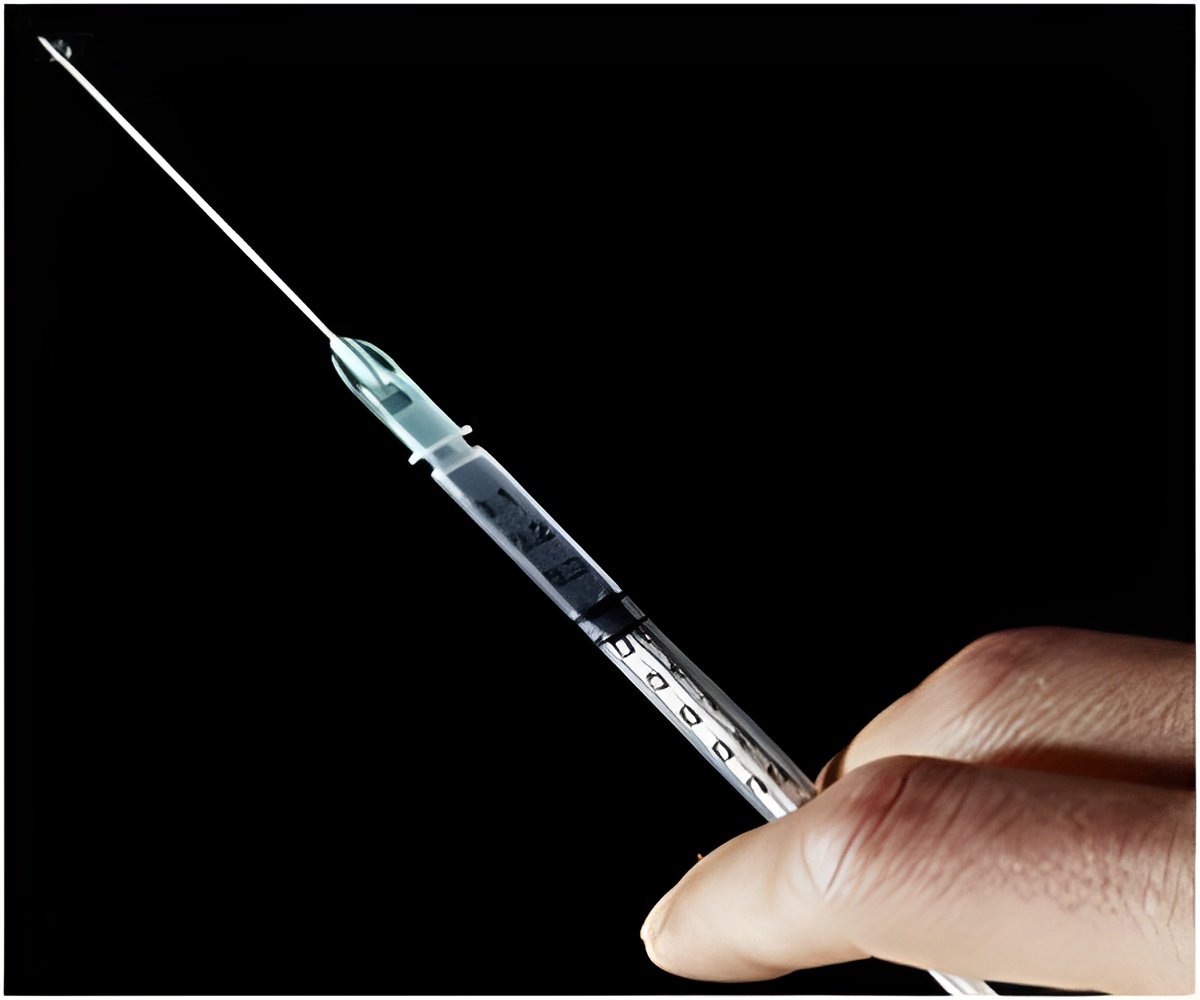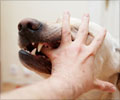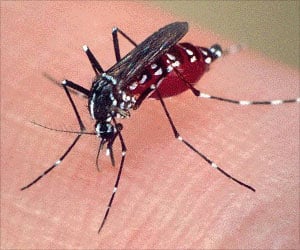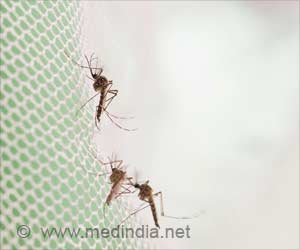The treatment of bites by rabid animal involves expenditure ranging from Rs.2,700 to Rs.31,500 have been brought down to Rs.650 through innovative techniques.

"It took seven years to conceptualize and execute the research methodology," added Bharti, a field epidemiologist with the Himachal Pradesh government.
The study, titled 'Local infiltration of rabies immunoglobulins without systemic intramuscular administration: An alternative cost effective approach for passive immunization against rabies', has been published in the online edition of the journal "Human Vaccines and Immunotherapeutics" on August 28 by PubMed, a worldwide archive of life science journals.
In sum, while 363 vials of rabies would have been required to treat 269 category III patients - who were part of the survey - as per WHO recommendation based on body weight, the new method required only 42 vials of five ml. (A category-III wound involves the oozing of blood after a bite.)
The study was conducted at the Deen Dayal Upadhyay Hospital. The other members of the research team were S.N. Madhusudana, head of the WHO Collaborating Centre for Reference and Research on Rabies at the National Institute of Mental Health and Neurosciences (NIMHANS) in Bengaluru, Pyare Lal Gaunta, the former medical superintendent of Deen Dayal Upadhyay Hospital and A.Y. Belludi, also from NIMHANS.
"While poor patients were earlier unable to afford the costly life-saving immunoglobulin, the non-availability of the medicine in the market had left even the rich patients helpless and prone to risk of dreaded death due to rabies," Bharti said.
Advertisement
"We took the cue from the WHO protocol and limited the use of immunoglobulin to only within the wound because of shortage of immunoglobulin," Bharti explained. The minimum dose of immunoglobulin given to a patient during the study was 0.25ml and the maximum was 8 ml.
Advertisement
"All the patients during the study were followed for nine months and they were healthy and normal at the end of observation period. With local infiltration, that required small quantities of immunoglobulin, it could be made available to all patients in times of short supply in the market," the study says.
The new technique was introduced after a thorough study of available scientific evidences worldwide and verification of blood samples from NIMHANS. Bharti felt that this preliminary study would become the base for further studies that may ultimately help the WHO revise its guidelines on animal bite prophylaxis.
Bharti had earlier worked on the implementation of a low-cost intra-dermal anti-rabies vaccination technique. His experience on the innovative pooling technique was appreciated at a WHO conference in Geneva in 2010.
Source-IANS









